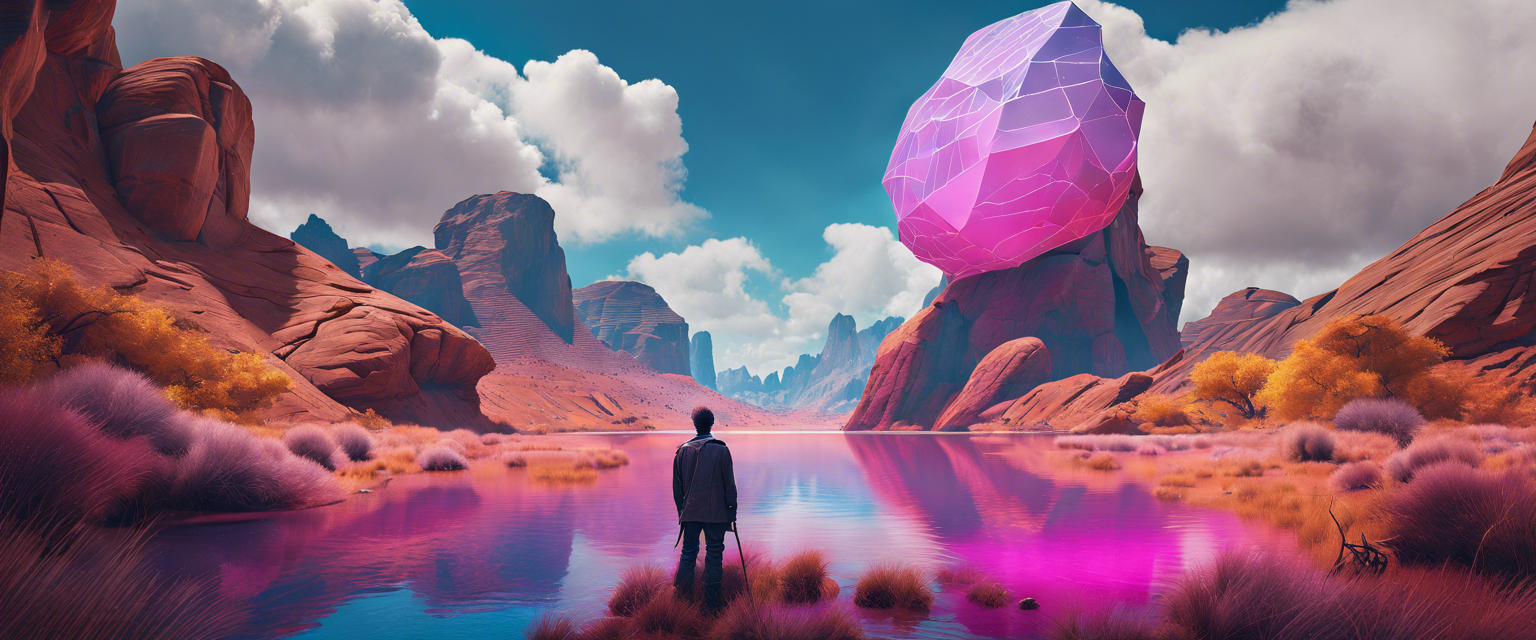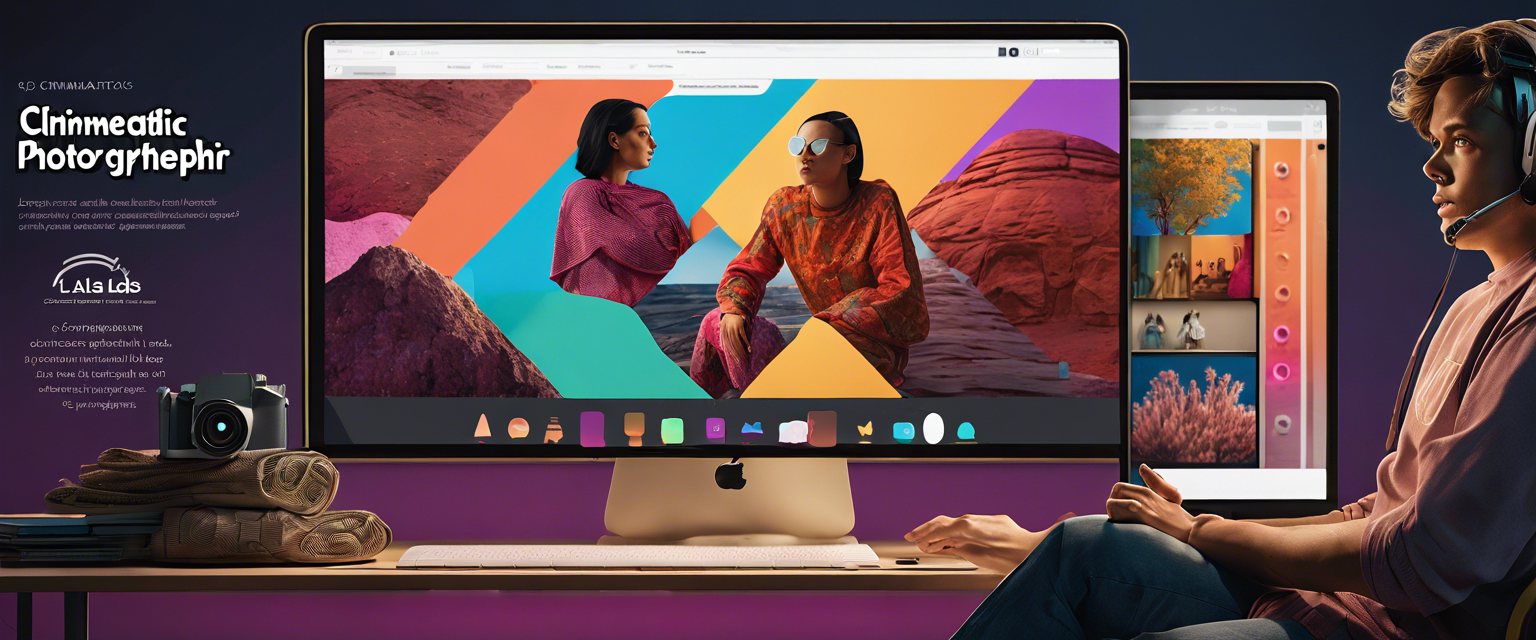Welcome to the Ultimate Stable Diffusion Tutorial
If you're exploring the fascinating world of AI-generated art, you've landed in the right place! This tutorial will walk you through one of the most exciting tools available today: Lexica. Lexica is a powerful image search engine specifically designed for the open-source Stable Diffusion AI model. With Lexica, users can dive into a treasure trove of visually stunning images created using Stable Diffusion.
What is Stable Diffusion?
Stable Diffusion is an open-source AI model that generates high-quality images based on textual prompts. This cutting-edge technology allows creatives, artists, and developers to explore the depths of their imagination without needing extensive graphic design skills or resources.
Unlocking the Potential of Lexica
Created by Sharif Shameem, Lexica hosts millions of indexed images generated by Stable Diffusion. It provides the perfect platform for browsing artistic creations, gathering inspiration, or even integrating AI-generated art into your projects without the computational demand of generating art from scratch.
How to Use Lexica
Visiting www.lexica.art is the first step towards unleashing your creativity. Here’s a simple step-by-step guide:
- Search for Images: Use the search bar to input a prompt. This can be a single word, a short phrase, or even a longer sentence.
- Generate New Art: Lexica also allows users to create images. Just enter your desired prompt and click the generate button.
- Customize Your Art: Adjust the model parameters, including width, height, and seed. You can even manage exclusions to refine your creations.
Using Lexica's API
A significant advantage of Lexica is its robust API, which offers programmatic access to their vast image database. Here's how to utilize the Lexica Search API:
To search for an image using a keyword, you can send a GET request structured as follows:
GET https://lexica.art/api/v1/search?q=your_search_termFor example, to find images of apples, your request would be:
GET https://lexica.art/api/v1/search?q=applesMoreover, Lexica supports reverse image search. To use this feature, send the URL of the image you wish to inspect:
GET https://lexica.art/api/v1/search?q=https://example.url/of/your/image.jpgThis API request will return a JSON object containing an array of 50 similar images, making it incredibly useful for project inspiration!
Enhance Your Prompt Skills
Crafting compelling prompts can significantly impact the quality of the generated art. For tips and tricks on writing effective prompts, don’t hesitate to check out our Stable Diffusion Prompt Guide.
Join the Creative Movement
Are you interested in developing your own tools based on Stable Diffusion? Why not participate in the Stable Diffusion AI Hackathon? This fantastic opportunity allows you to innovate and collaborate with other talented developers!
Conclusion
In conclusion, Lexica brings the capabilities of Stable Diffusion to your fingertips, allowing you to explore, generate, and utilize amazing AI-generated art effortlessly. Dive in, get inspired, and unleash your creativity today!



Оставить комментарий
Все комментарии перед публикацией проверяются.
Этот веб-сайт защищается hCaptcha. Применяются Политика конфиденциальности и Условия использования hCaptcha.